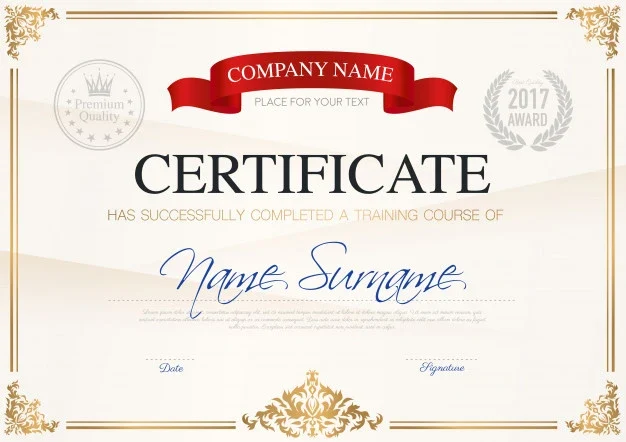Multi-Cloud
Deployment
Create Terraform configurations to provision identical infrastructure across multiple cloud providers such as AWS, Azure, and Google Cloud Platform. This project will help you understand how to leverage Terraform's multi-cloud support and manage resources in a heterogeneous cloud environment.
Highly Available Web Application
Design and deploy a highly available web application using Terraform. Configure load balancers, auto-scaling groups, database clusters, and other resources to ensure fault tolerance and scalability. Implement infrastructure as code best practices to manage the application's lifecycle.
Infrastructure Governance and Compliance
Implement infrastructure governance and compliance policies using Terraform to enforce security, compliance, and regulatory requirements. Define and enforce policies for resource tagging, access control, encryption, and configuration drift detection.




